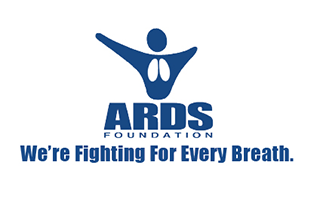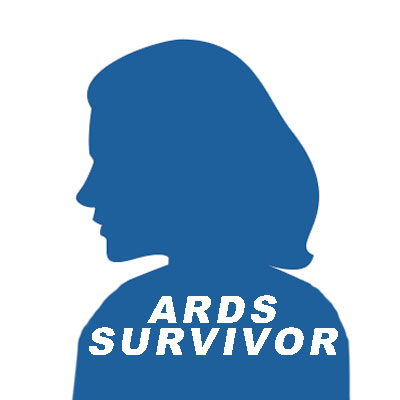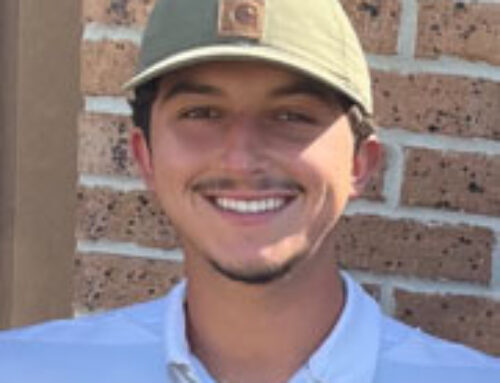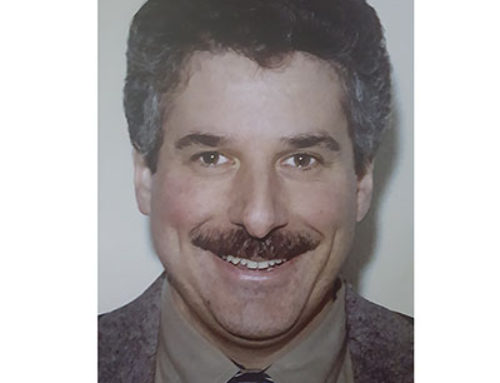On September 15, 1999, Shirley Simmons was fifty-four years old. She was in excellent heath and lived in Cleveland, Ohio. Shirley was Vice President of Leisure Travel for a local Travel Agency. She felt fine when she went to work that day, and conducted a staff meeting, but mid morning, she began to feel ill. Shirley went outside to get some fresh air, but felt worse. She began to vomit profusely with severe abdominal pain. She was told she was “as white as a sheet of paper.” A colleague called 9-11.
The paramedics took Shirley to University Hospital and she was admitted quickly and diagnosed with severe acute pancreatitis. It took nearly two weeks to stabilize Shirley and on October 1, 1999, Shirley was discharged.
She went to Michigan, to recuperate at her sister’s home. After about a week, the pain became more severe and her sister, Mary Margaret, took her to a G.I. specialist who found a pseudocyst. Shirley waited to get a CT scan in Cleveland the following week.
On October 17, Shirley learned that she had a giant pancreatic pseudocyst; she was admitted the next morning for an operation immediately to drain the cyst. On October 20, Shirley had surgery; and was discharged on November 4, 1999. She went to Southern Ohio to recuperate with her parents, Gene & Eileen Dosson.
However, recuperating was easier said than done. It was impossible to keep anything down and Shirley vomited several times a day. By November 14, 1999, she was in the local ER where they took some x-rays and gave her an IV of potassium.
Shirley’s Mother, Eileen, was told to take her back to U.H. in Cleveland immediately. During this ride, Shirley was in pain and vomiting. When she arrived, she received two units of blood.
After that, Shirley has no memory until she came out of her coma in early February, 2000.
What she learned was that she had developed a pancreatic infection and sepsis. On November 17, they performed exploratory surgery to flush out the infection and drain an abscess. While in recovery, Shirley developed significant Acute Respiratory Distress Syndrome (ARDS). She was immediately put on a ventilator, paralytics, and in a drug induced coma. At this point, Shirley was on 100% oxygen and being feed through a nasal gastric tube. Shirley had seizures and other complications.
Shirley’s family took turns staying in Cleveland, to be with her. Her sister and brother-in-law, Mary Margaret & Dick, spent both Thanksgiving Day and New Year’s Eve at the hospital together with her.
On December 6, Shirley experienced renal failure; her infection continued to get worse and on December 22, yet another surgery was performed to try to flush out the infection. It was touch and go for the next three weeks, almost hour by hour. Shirley’s family was told she only had a 40% chance of survival.
By mid January, Shirley began to hold her own. A feed tube was inserted through her stomach. In early February, she was brought out of the coma, over several days. Although she developed a blood clot in her left leg, after a filter was inserted, physical therapy was started; also in February, Shirley was weaned off the ventilator and put on a trach collar, though she was still oxygen dependent.
On March 4, Shirley was moved to a medical floor, though she had now developed a pancreatic fistula. On March 10, Shirley went into Respiratory Distress again. Back she went to the ICU and on a ventilator. After a few days, she was again weaned and back to the trach collar. She had also developed a sciatic neuropathy in her left leg and foot, which left her with a severe drop foot.
On April 4, Shirley was transferred to Heather Hill Rehabilitation Hospital where she received intense physical and occupational therapy. In the third week of April, she was taken off oxygen and the trach was removed. Shirley remained in rehab for several more weeks and before being discharged, she was fitted with a brace for the drop foot.
In May 19, Shirley’s trach hole was still open and the pancreatic fistula prevented the surgical incision from closing. She was able to walk with a walker, but she could not go up and down stairs on her own. Visiting nurses came twice a day to give injections in the abdomen and to change the bandage on her incision. She had physical and occupational therapy at home three times a week. After six weeks of this treatment the pancreatic fistula was nearly dried up and Shirley was able to continue physical therapy at the local hospital.
However, Shirley’s trach fistula was still open so she was referred to an Otolaryngologist (neck and head surgeon) for closure of the trach. He gave Shirley an option other than surgery and after three applications of trichloroacetic acid, the hole was closed and Shirley lost her sexy voice. Shirley continued P.T. for the next 10 months.
In February, 2001, Shirley was diagnosed with osteomalagia, a condition where your body is not absorbing calcium due to a severe vitamin D deficiency, which was treated. In July 2001, Shirley was finally able to go back to work two days a week. Her foot and leg continued to improve and in the winter of 2001/2002, she was able to stop wearing the brace. She estimates the nerves have regenerated 85 –90%.
In August, 2003, Shirley was able to take a vacation to Russia by herself. Shirley declares: “This was a wonderful personal victory to be able to take such a trip alone. I am now living on my own, working and totally independent. I am able to enjoy life to the fullest. Thanks to my family and friends who were always there to support and encourage me, I was able to stay positive and focus on getting my life back.
Shirley is doing wonderful; the only permanent damage is nerve damage in my left leg and foot. This is very minor. Shirley still has very minor tingling, but walks just fine. She wants people to know that patients do fully recover and go back to full productive life.
I am so very fortunate and truly blessed to have a full productive live. I celebrate life everyday.”








